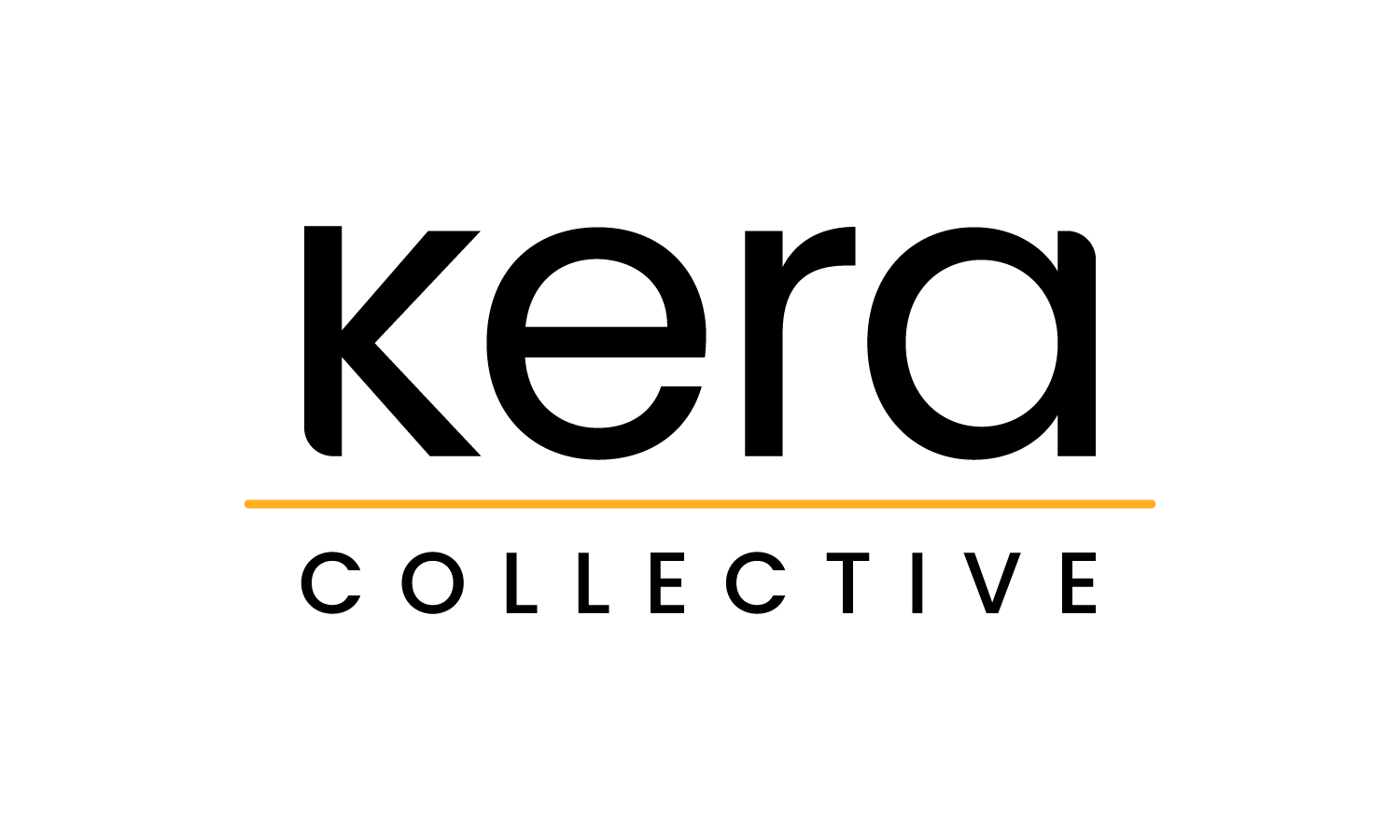Preserving Our Digital History
For one of our recent Coffee Breaks, a bi-weekly team meeting where we discuss cultural institution-related news or research, I led a conversation about preserving digital content, inspired by the recent deletion of federal website pages and the Internet Archive’s initiative to preserve them. It’s something I’m passionate about!
Digital content (such as images, video, audio, and digitized print materials) encapsulates our culture, knowledge, and history. Webpages can vanish overnight, social media posts can be removed, and information can be lost by simply clicking a ‘delete’ button. Like physical objects, we should also prioritize the preservation of digital content. This should be somewhat of a collective responsibility, shared by individuals, organizations, and museums. Preserving digital content ensures that digital cultural histories can continue to be accessed for generations to come. Additionally, maintaining access to this information propels research, education, and the sharing of ideas, which are essential for furthering innovation in our ever-increasingly digital world.
Many museums have been leading the charge on building collections of their digital content. One example is the New Museum in New York City, which has been maintaining a digital archive, preserving the museum’s contemporary art and exhibition history dating back to its establishment in 1977. The New Museum is a non-collecting institution, meaning that it doesn’t maintain a permanent collection of artworks. Therefore, its physical archive and digital counterpart’s role in preserving content and media focuses on catalogs, programs, and artists' materials. The archive provides public access to valuable cultural histories that would be inaccessible without the museum’s efforts. The initiative supports efforts to preserve digital content and promotes global conversations about contemporary art, ensuring that these cultural narratives remain accessible beyond the museum's physical space.
Another example of digital preservation is one of my favorite websites, the Internet Archive. Founded in 1996, the non-profit organization is “a digital library of Internet sites and other cultural artifacts in digital form” and hosts a variety of digital media, including scanned print materials, software, and music (although, the Internet Archive is currently facing lawsuits for hosting copyrighted media, endangering its future). The organization also runs the Wayback Machine, which essentially takes a “screenshot” of a webpage as it currently exists. I’ve used the Wayback Machine for many years to hunt down old blog posts and even entire websites for both research purposes and nostalgia seeking. The Wayback Machine has also been crucial in documenting federal webpages that have been recently deleted without forewarning.
Public archiving preserves collective histories and cultural heritage, providing us access to shared knowledge. There is also just as much importance in and value to personal archiving, which, in contrast, focuses on curating our unique experiences and keeping a record of our memories (including mundane ones) or things we personally care about.
To get started with personal archiving, I recommend preserving things that are important to you, like a concert flyer from your childhood or a collection of family photos that have been sitting around in a closet. By embracing the preservation of digital content, we safeguard our histories. Let’s ensure that the digital treasures of today can become accessible legacies for tomorrow!
